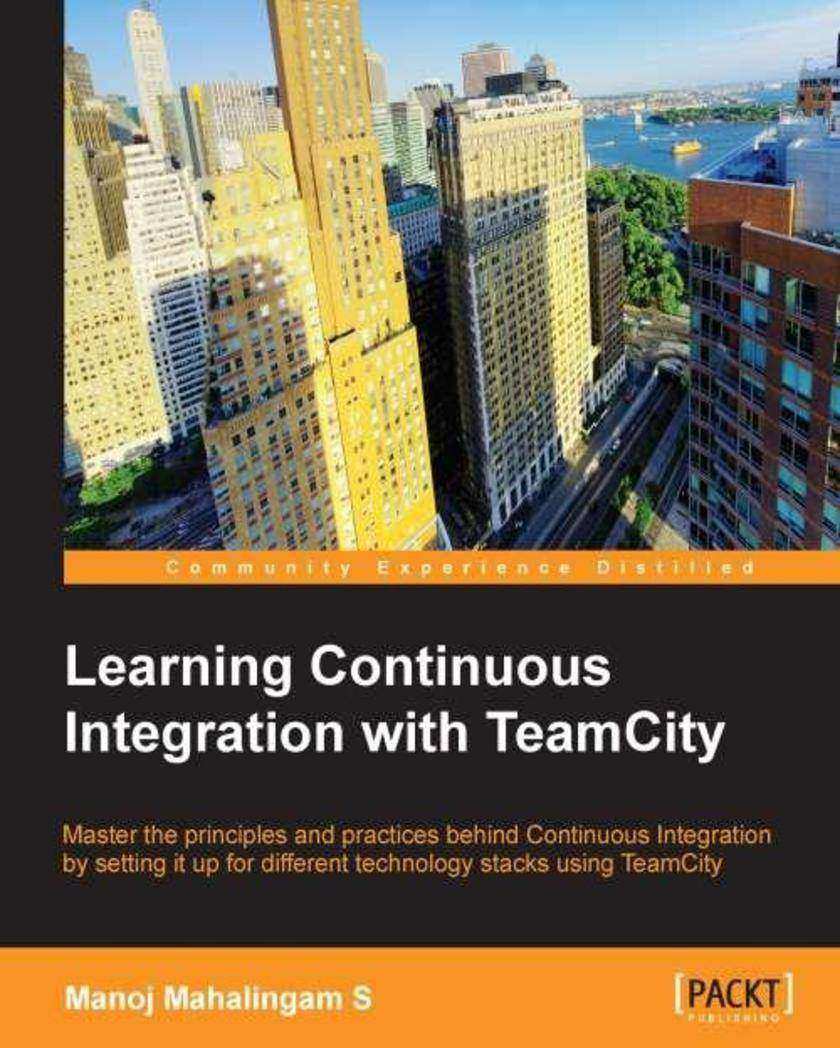
Learning Continuous Integration with TeamCity
¥80.65
If you are a developer, tester, or a person in operations or Devops who wants to start practising CI, start using TeamCity or both, then this book is for you. Moreover, if you have thought about bringing CI into your team, if you are already using a CI tool and want to move to TeamCity, or if you are looking for ideal practises and techniques while implementing CI with TeamCity, this book will be useful.
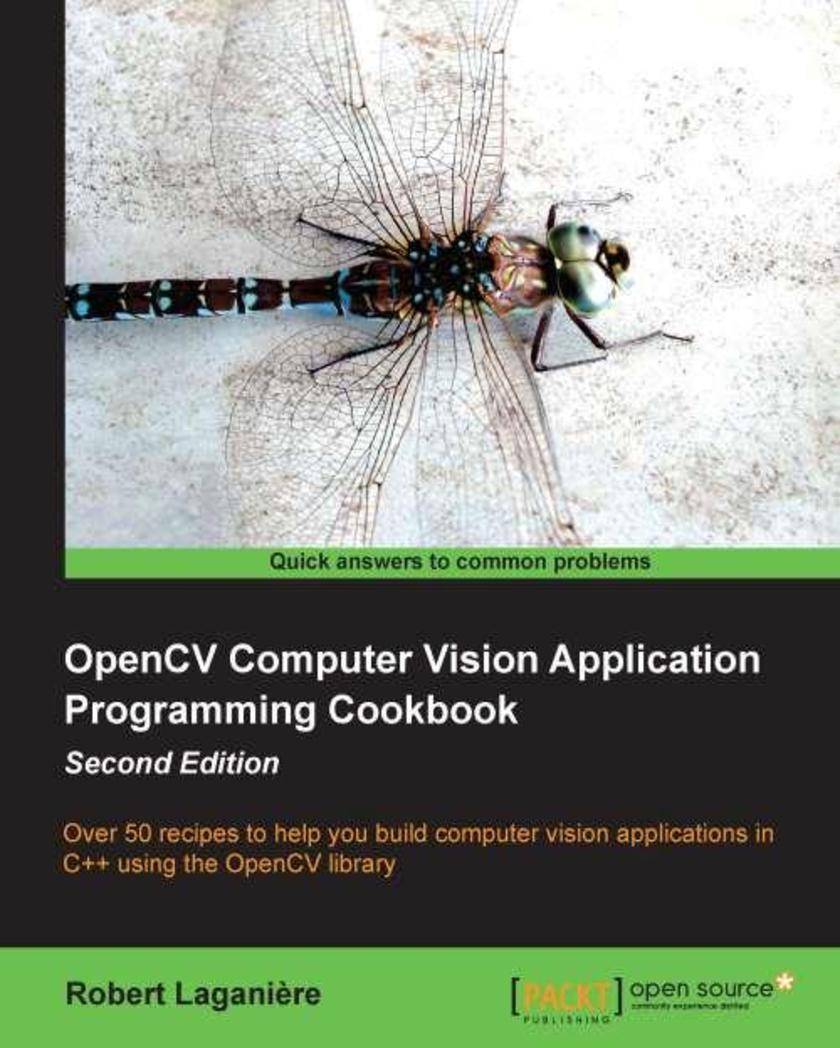
OpenCV Computer Vision Application programming Cookbook Second Edition
¥80.65
OpenCV 3 Computer Vision Application Programming Cookbook is appropriate for novice C++ programmers who want to learn how to use the OpenCV library to build computer vision applications. It is also suitable for professional software developers wishing to be introduced to the concepts of computer vision programming. It can also be used as a companion book in a university-level computer vision courses. It constitutes an excellent reference for graduate students and researchers in image processing and computer vision.
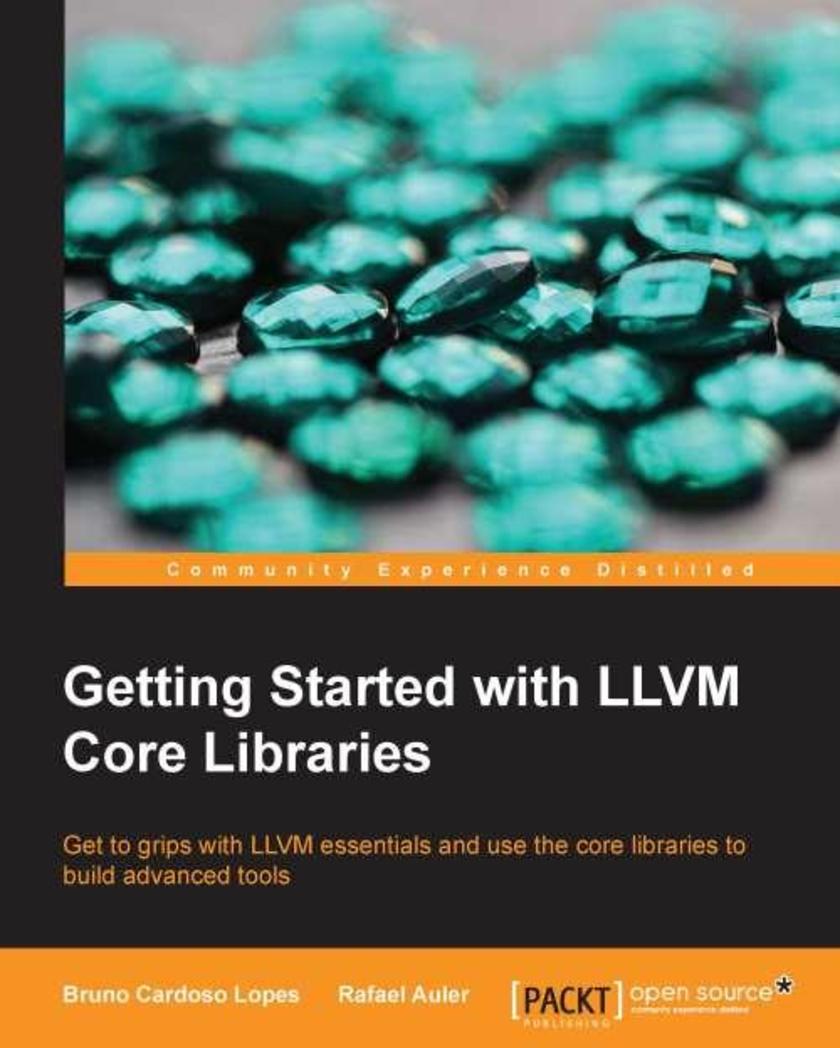
Getting started with LLVM core libraries
¥80.65
This book is intended for enthusiasts, computer science students, and compiler engineers interested in learning about the LLVM framework. You need a background in C++ and, although not mandatory, should know at least some compiler theory. Whether you are a newcomer or a compiler expert, this book provides a practical introduction to LLVM and avoids complex scenarios. If you are interested enough and excited about this technology, then this book is definitely for you.
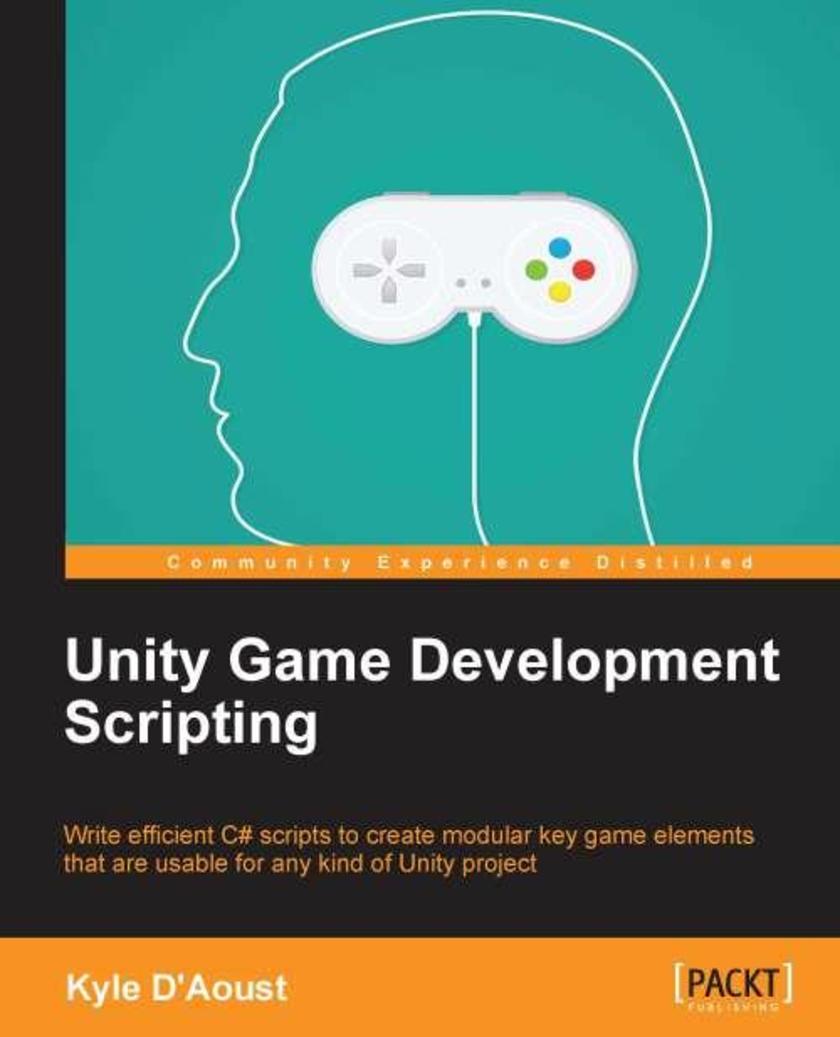
Unity Game Development Scripting
¥80.65
If you are new to Unity *ing and want to learn simple and modular code and advance your knowledge to the next level, this is the book for you.
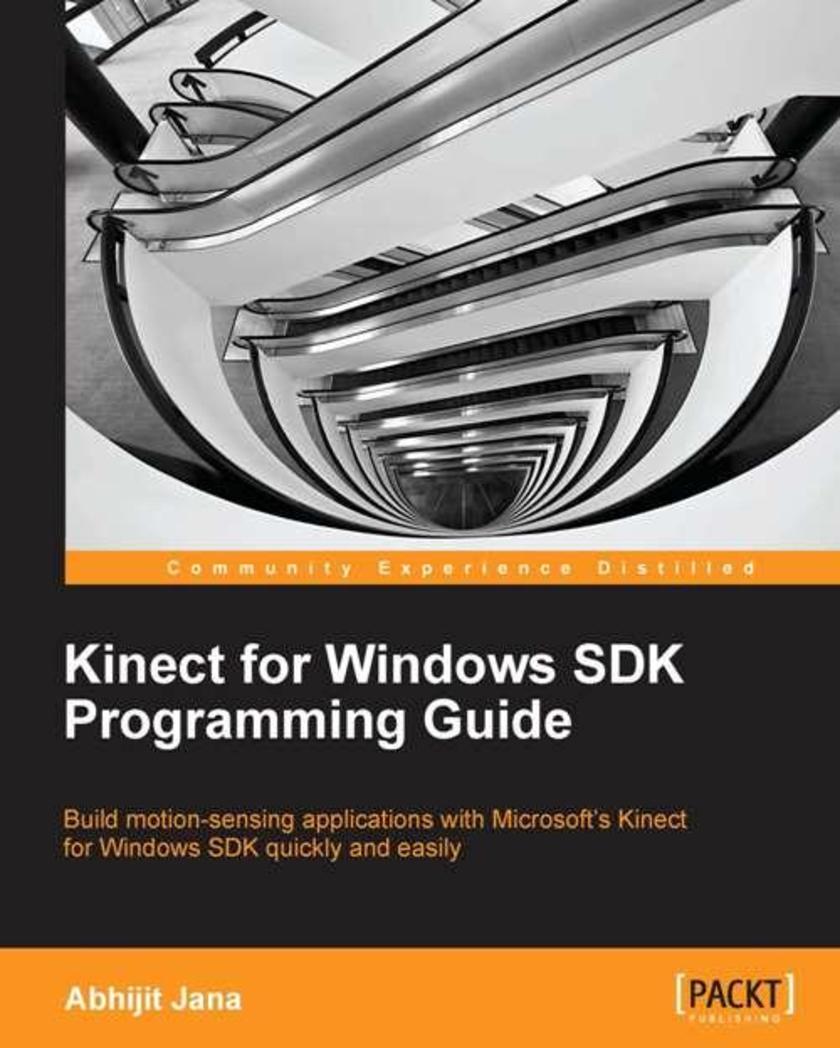
Kinect for Windows SDK Programming Guide
¥80.65
This book is a practical tutorial that explains all the features of Kinect SDK by creating sample applications throughout the book. It includes a detailed discussion of APIs with step-by-step explanation of development of a real-world sample application.If you are looking to develop motion sensing, speech recognizing applications with Kinect, then this book is for you,This book uses C# and WPF in the examples, so you need to know the basics of C# and WPF. You don’t have to know anything about Kinect for Windows SDK.
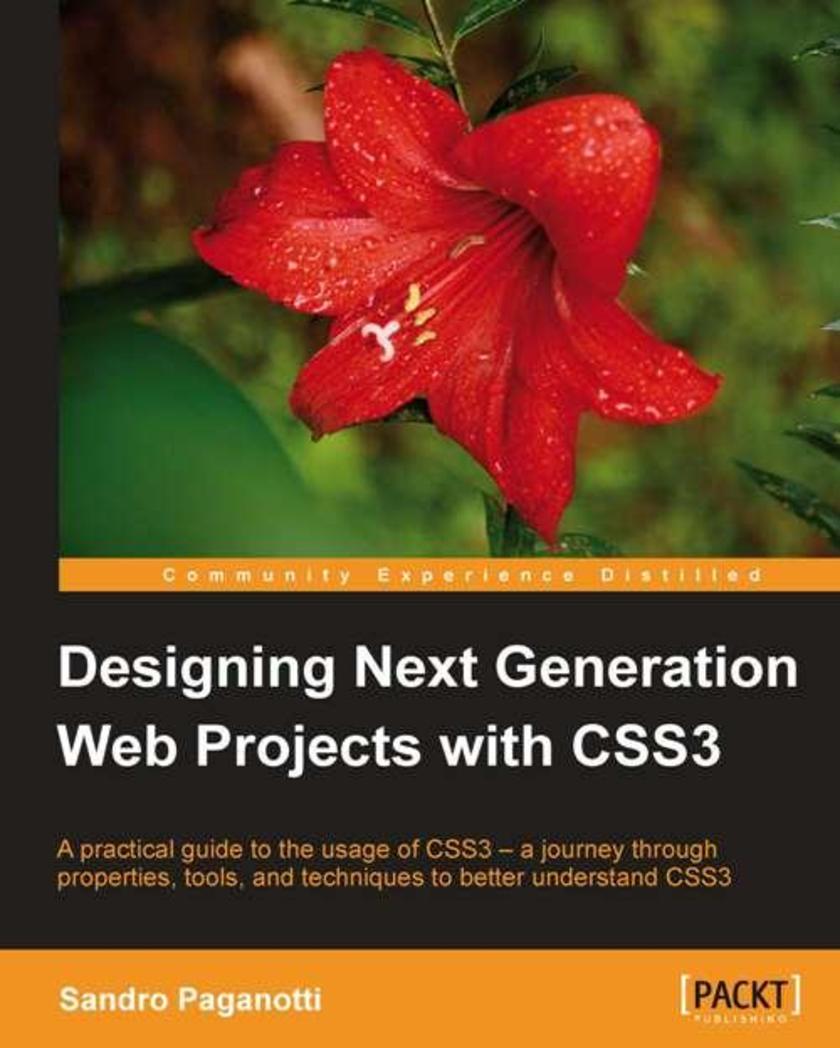
Designing Next Generation Web Projects with CSS3
¥80.65
This book is designed for you if you are a frontend web developer; it requires a solid knowledge of CSS syntax and of the most common CSS2 properties and selectors.

AndEngine for Android Game Development Cookbook
¥80.65
A Cookbook with wide range of recipes to allow you to learn game development with AndEngine quickly and efficiently. "AndEngine for Android Game Development Cookbook" is geared toward developers who are interested in working with the most up-to-date version of AndEngine, sporting the brand new GLES 2.0 branch. The book will be helpful for developers who are attempting to break into the mobile game market with plans to release fun and exciting games while eliminating a large portion of the learning curve that is otherwise inevitable when getting into AndEngine development. This book requires a working installation of eclipse and the required libraries, including AndEngine and its various extensions set up prior to working with the recipes.
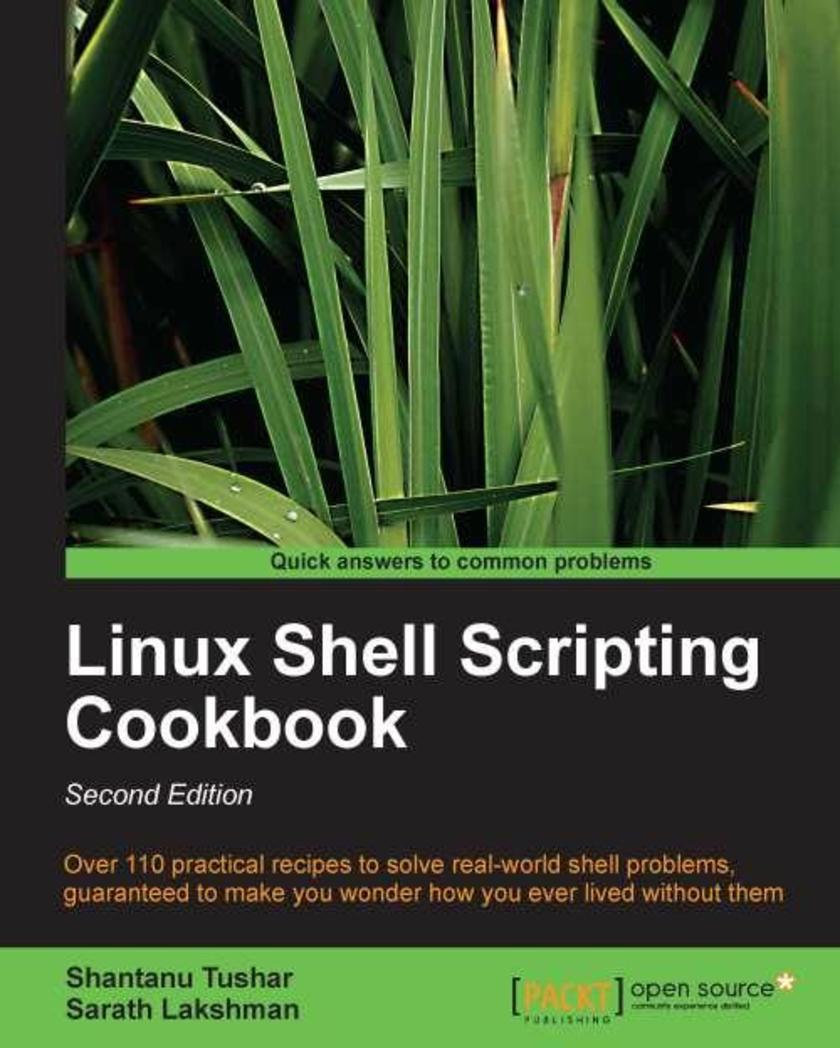
Linux Shell Scripting Cookbook, Second Edition
¥80.65
This book is written in a Cookbook style and it offers learning through recipes with examples and illustrations. Each recipe contains step-by-step instructions about everything necessary to execute a particular task. The book is designed so that you can read it from start to end for beginners, or just open up any chapter and start following the recipes as a reference for advanced users.If you are a beginner or an intermediate user who wants to master the skill of quickly writing *s to perform various tasks without reading the entire manual, this book is for you. You can start writing *s and one-liners by simply looking at the similar recipe and its de*ions without any working knowledge of shell *ing or Linux. Intermediate/advanced users as well as system administrators/ developers and programmers can use this book as a reference when they face problems while coding.
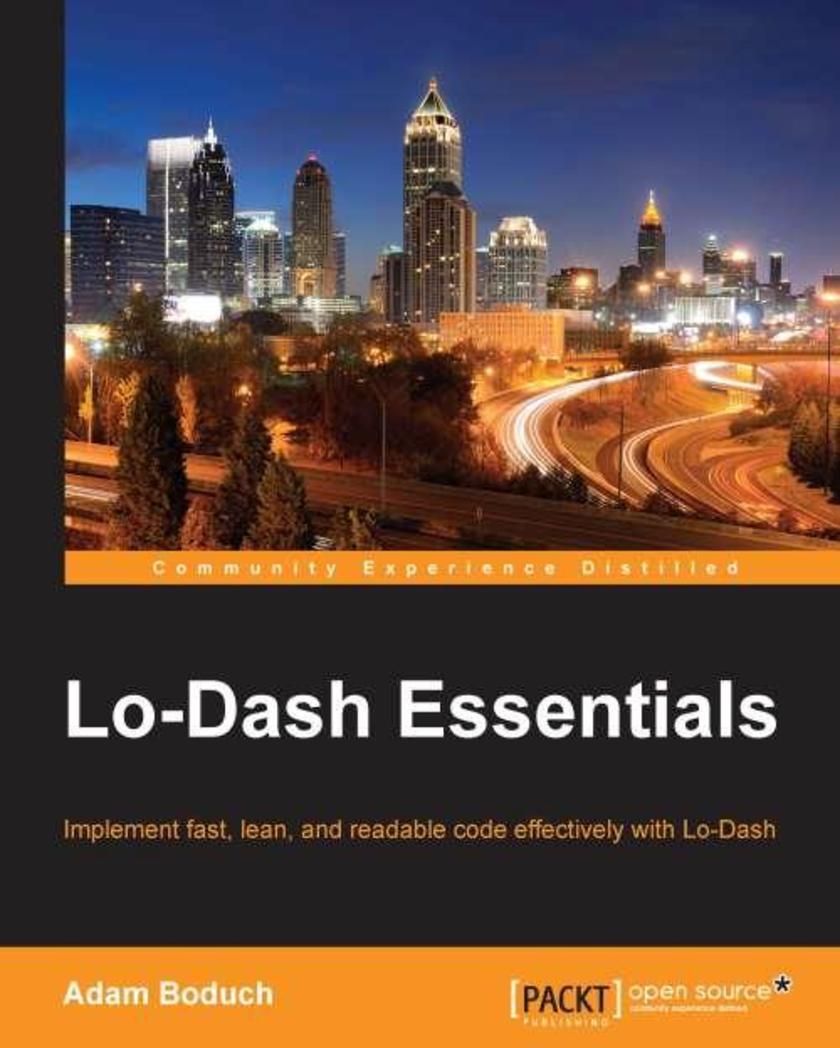
Lo-Dash Essentials
¥80.65
If you are a curious JavaScript developer interested simultaneously in tweaking the efficiency of your code, as well as improving the conciseness of it, and maintaining the readability of it, then this is the book for you. Ideally, the book is intended for readers already working on JavaScript projects and using frameworks such as jQuery and Backbone. Even if you're already using Lo-Dash, this book will show you how to use it efficiently. While extensive JavaScript experience isn't a requirement, you should have at least some prior programming experience in order to best understand the concepts presented.

Testing with F#
¥80.65
If you are a developer who wants to test applications using F#, this is the book for you. Basic experience of testing and intermediate experience of functional programming in F# is expected.
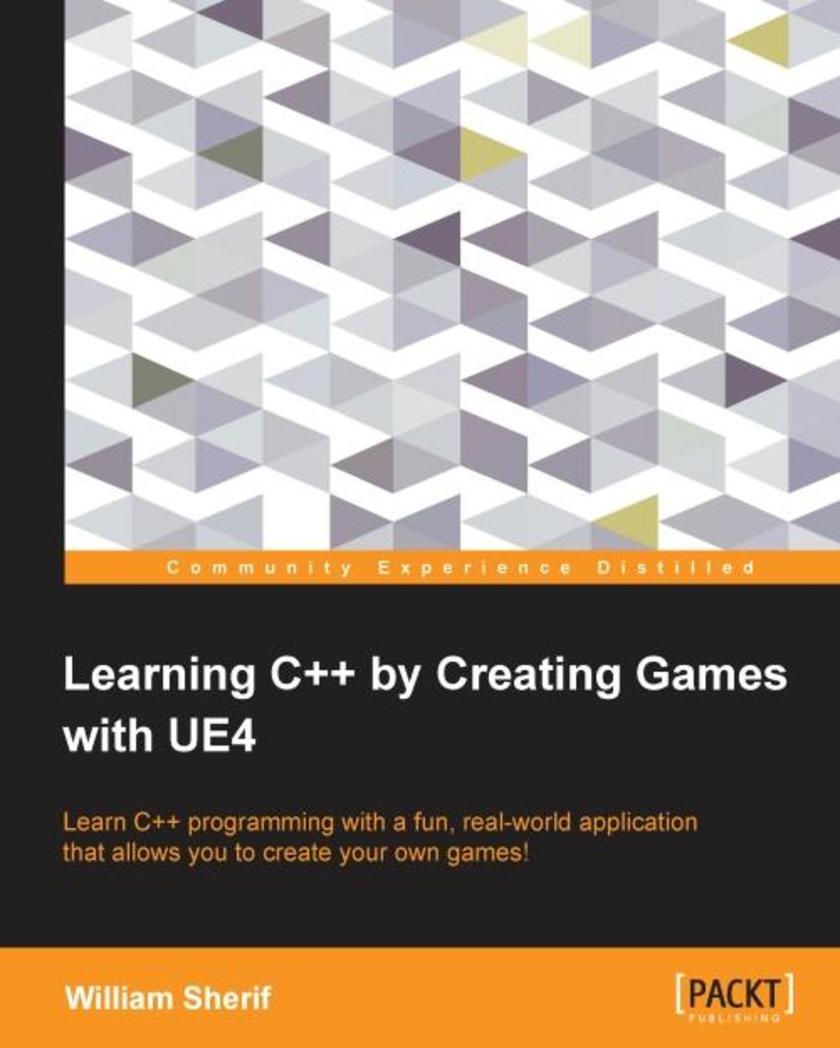
Learning C++ by Creating Games with UE4
¥80.65
If you are really passionate about games and have always wanted to write your own, this book is perfect for you. It will help you get started with programming in C++ and explore the immense functionalities of UE4.
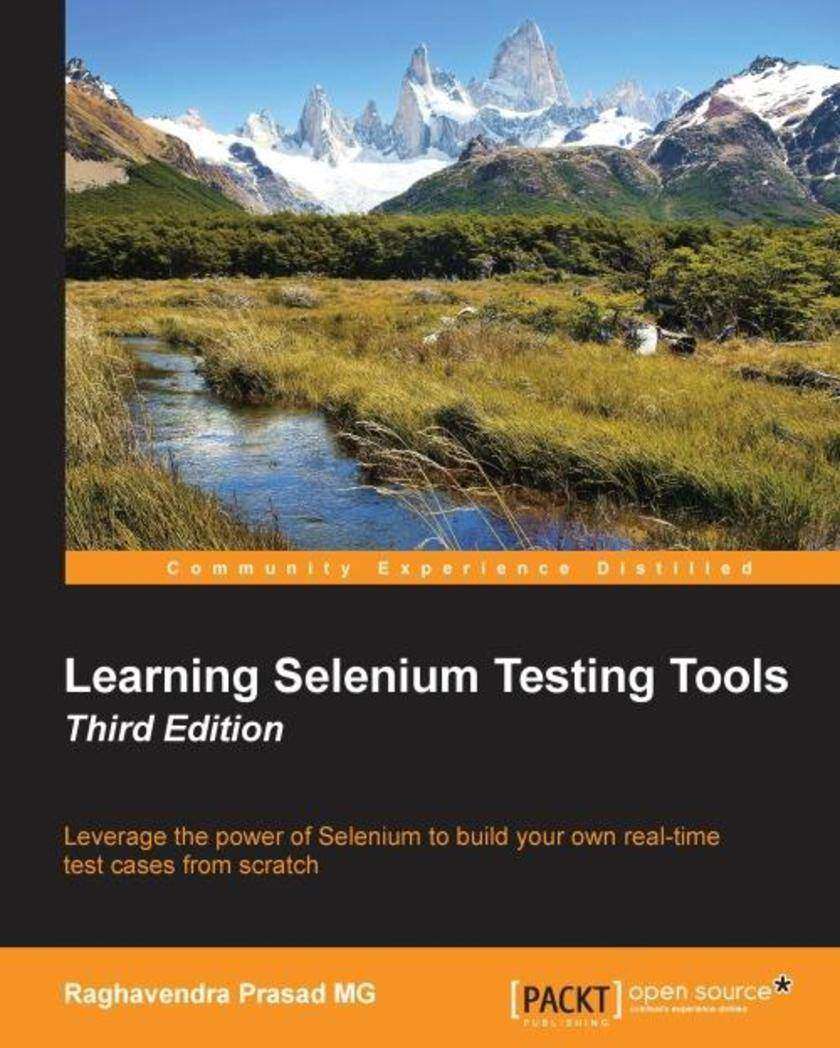
Learning Selenium Testing Tools - Third Edition
¥80.65
If you are a software developer with a basic knowledge of testing and are interested in automated testing using Selenium, this is the book for you. No prior knowledge of Selenium is required.
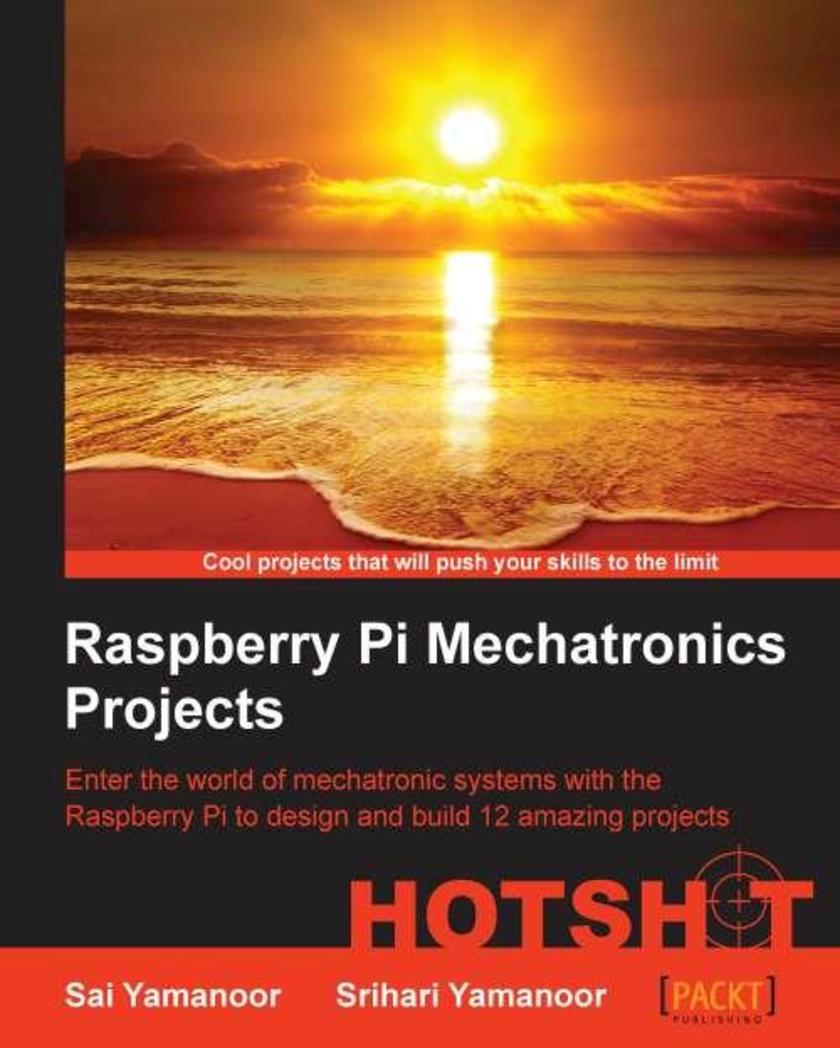
Raspberry Pi Mechatronics Projects HOTSHOT
¥80.65
This book is targeted towards beginners and intermediate designers of mechatronic systems and embedded system design. Some familiarity with the Raspberry Pi and Python programming is preferred but not required.
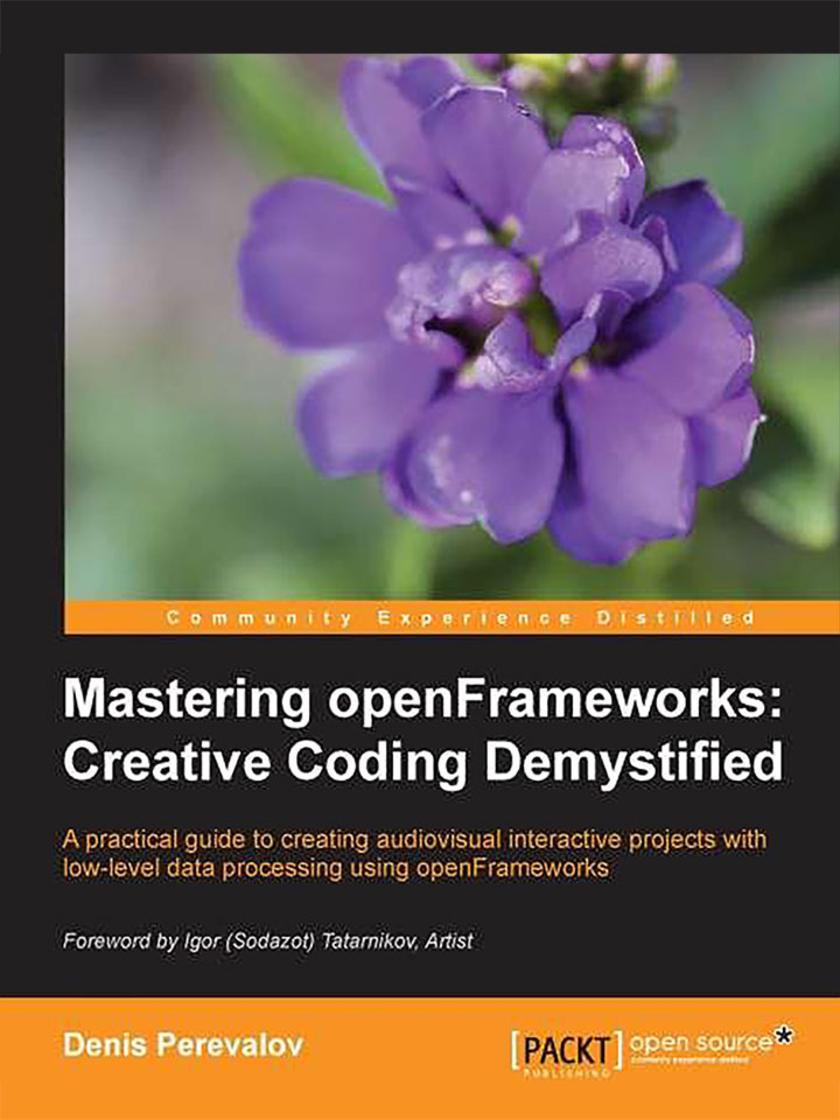
Mastering openFrameworks: Creative Coding Demystified【精装】
¥80.65
This book gives clear and effective instructions, stuffed with practical examples, to build your own fun, stunning and highly-interactive openFrameworks applications. Each chapter is focused differently and has a new theme to it,This book targets visual artists, designers, programmers and those interested in creative coding by getting started with openFrameworks. This book will help you understand the capabilities of openFrameworks to help you create visually stunning and fully interactive applications. You should have a basic knowledge of object oriented programming, such as C++, Java, Python, ActionScript 3, etc.

Mobile Security: How to secure, privatize and recover your devices
¥80.65
Learn how to keep yourself safe online with easy- to- follow examples and real- life scenarios. Written by developers at IBM, this guide should be the only resource you need to keep your personal information private.Mobile security is one of the most talked about areas in I.T. today with data being stolen from smartphones and tablets around the world. Make sure you, and your family, are protected when they go online.
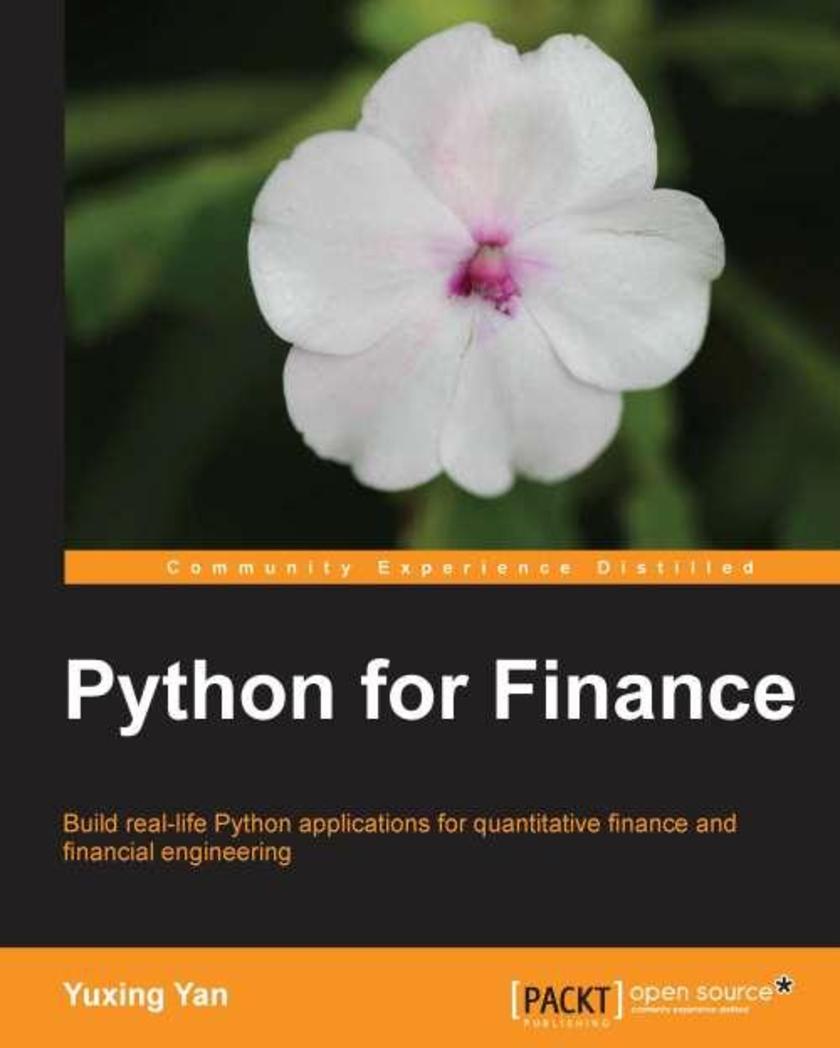
Python for Finance
¥80.65
A handson guide with easytofollow examples to help you learn about option theory, quantitative finance, financial modeling, and time series using Python. Python for Finance is perfect for graduate students, practitioners, and application developers who wish to learn how to utilize Python to handle their financial needs. Basic knowledge of Python will be helpful but knowledge of programming is necessary.
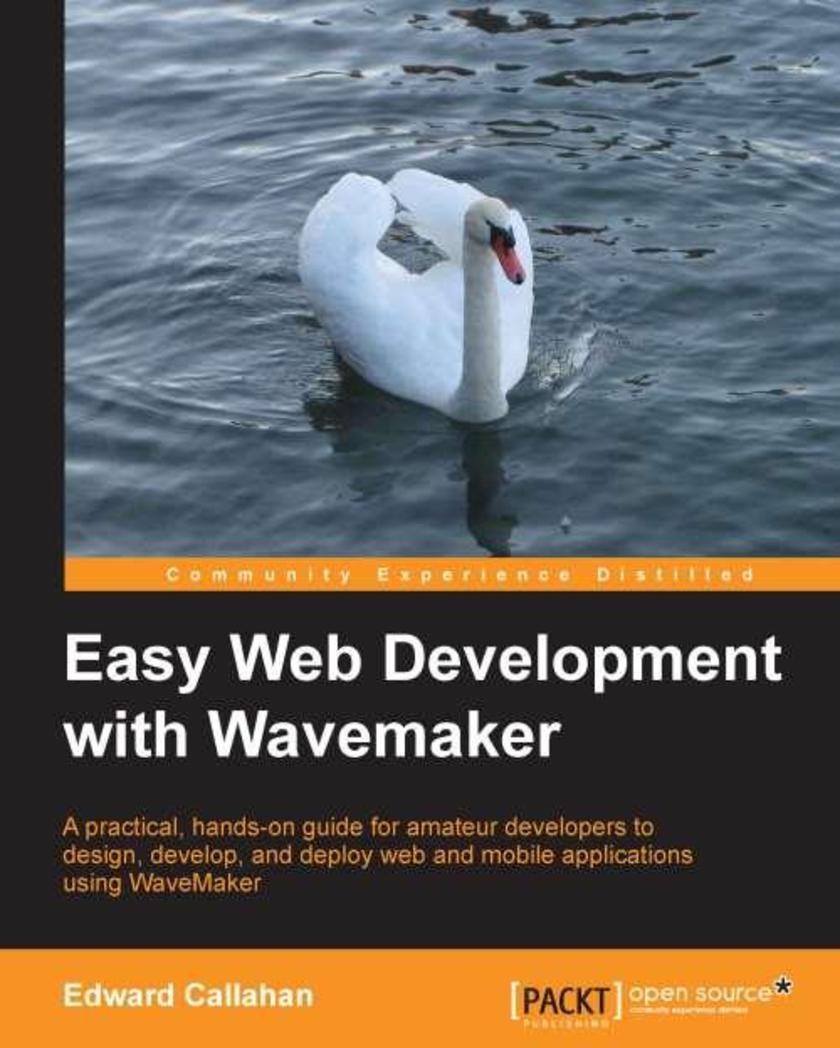
Easy Web Development with Wavemaker
¥80.65
A step-by-step guide.Web application developers who wish to use Wavemaker.This would be a handy guide for all users including newbies, hence no prior knowledge of Wavemaker is required.
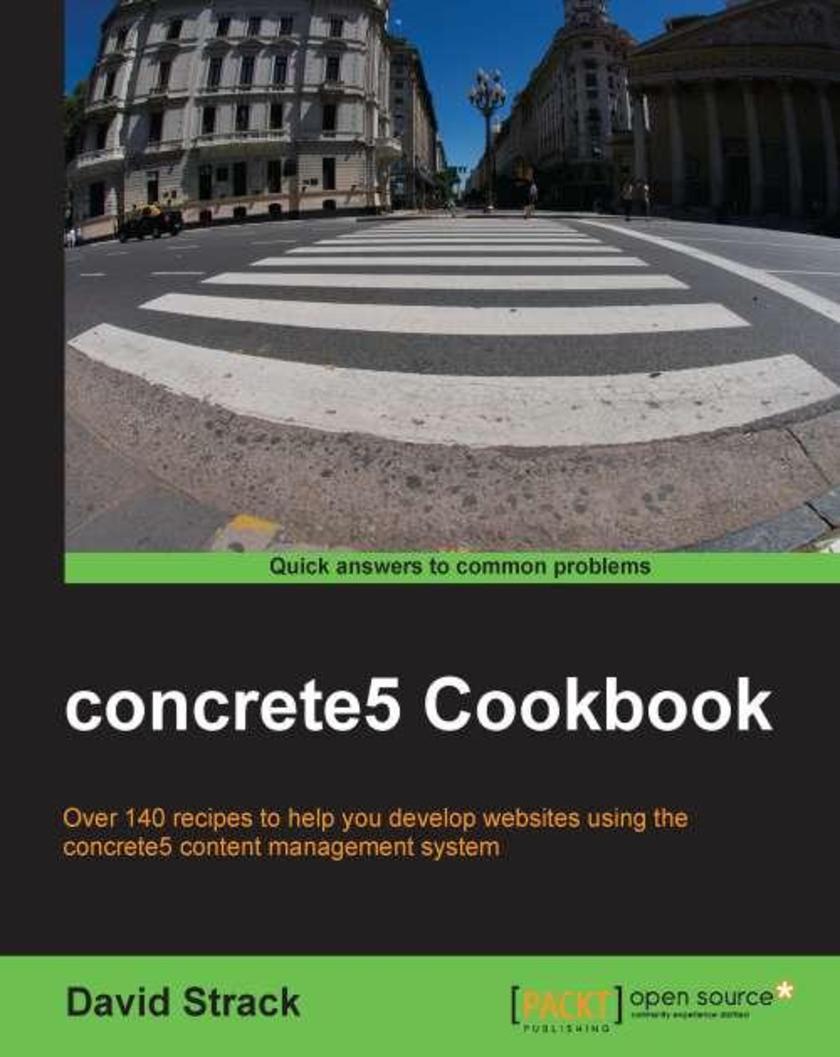
concrete5 Cookbook
¥80.65
The Cookbook-style recipes allow you to go both directly to your topic of interest or follow topics throughout a chapter to gain in-depth knowledge. This practical Cookbook will cater to the needs of both intermediate and advanced concrete5 developers.This book is geared towards intermediate to advanced PHP developers who would like to learn more about the concrete5 content management system. Developers already familiar with concrete5 will learn new time-saving tricks and will find the book to be a great reference tool.
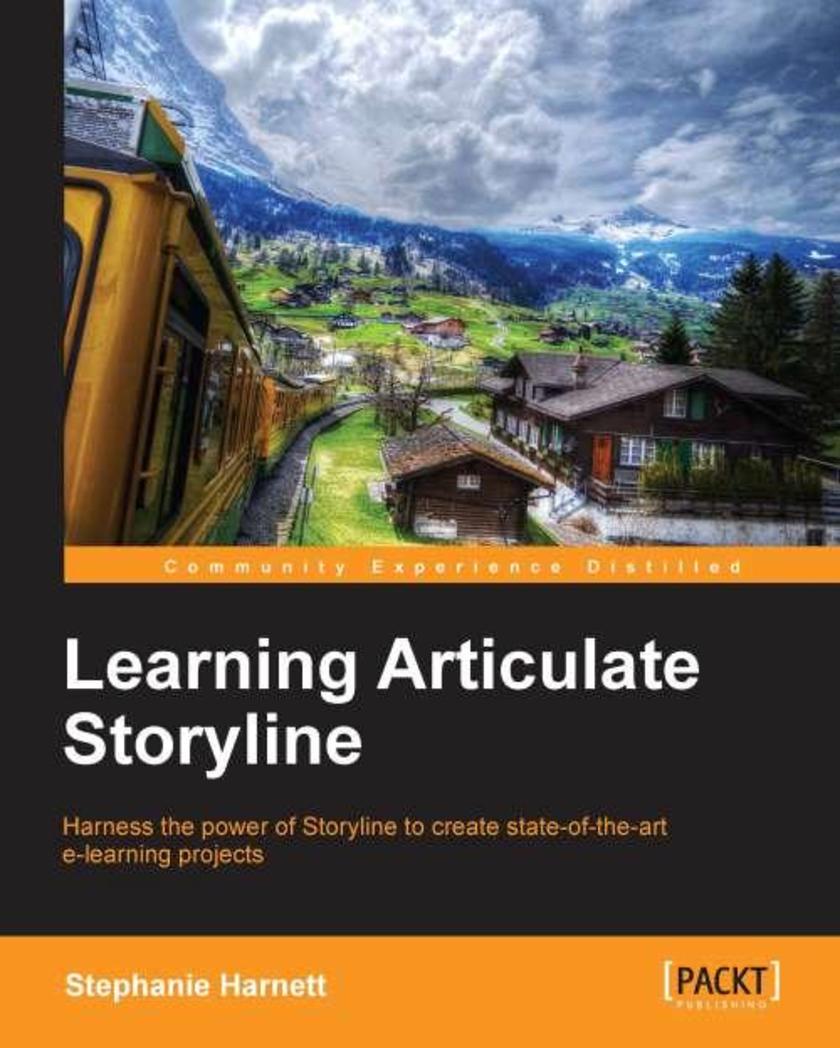
Learning Articulate Storyline
¥80.65
This book provides one-on-one tutoring to help you quickly get up to speed with the basics while also learning how to best apply Storyline features in the context of the work you do.If you’re an e-learning developer, writer, designer, subject matter expert, or all or any one of these, this book is for you. This book is not just for novices, but also for seasoned developers, transitioning from PowerPoint and Articulate Studio ’09, and for those who are already working with Storyline.
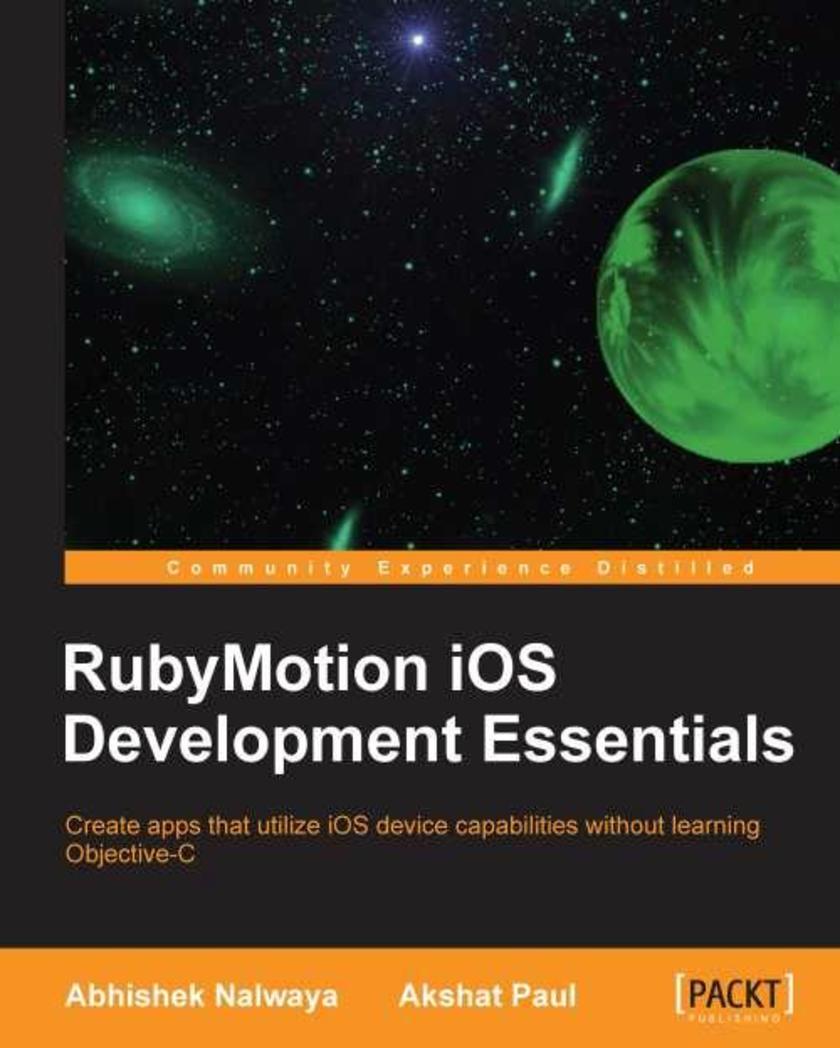
RubyMotion iOS Develoment Essentials
¥80.65
This is a step-by-step book that builds on your knowledge by adding to an example app over the course of each chapter. Each topic uses example code that can be compiled and tested to show how things work practically instead of just telling you the theory. Complicated tasks are broken down into easy to follow steps with clear explanations of what each line of code is doing.Whether you are a novice to iOS development or looking for a simpler alternative to Objective-C; with RubyMotion iOS Development Essentials, you will become a pro at writing great iOS apps
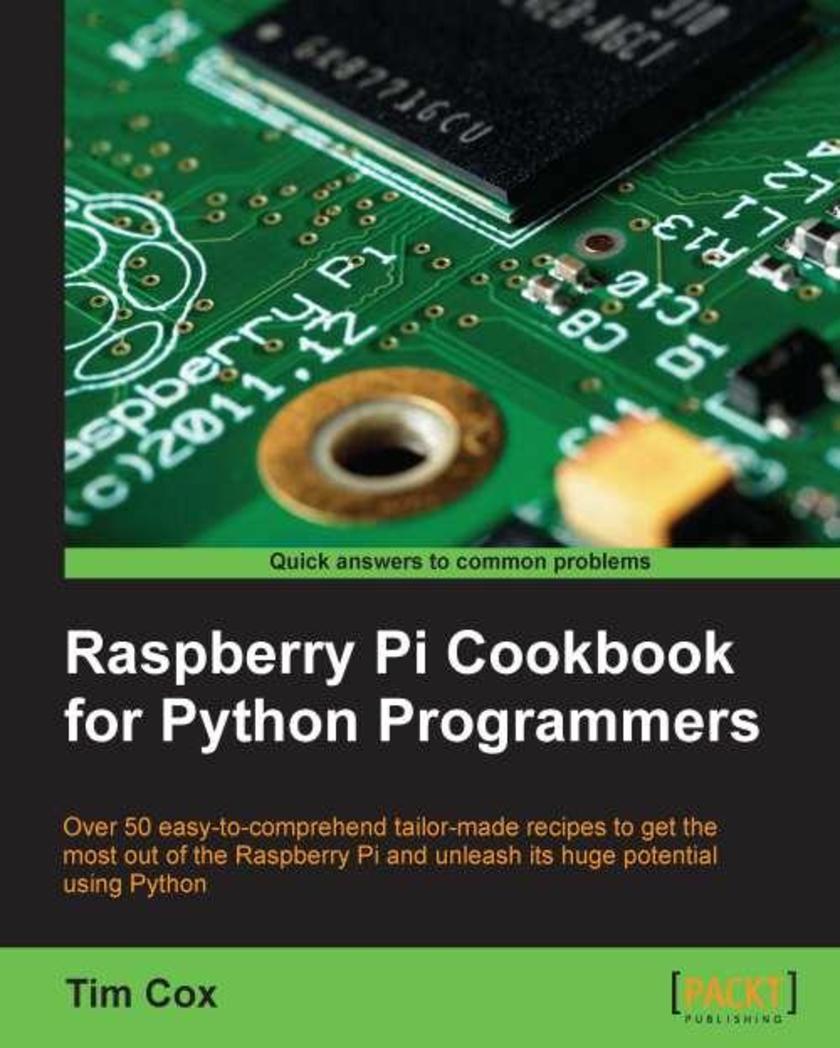
Raspberry Pi Cookbook for Python Programmers
¥80.65
"Raspberry Pi Cookbook for Python Programmers" is written in a Cookbook format, presenting examples in the style of recipes.This allows you to go directly to your topic of interest, or follow topics throughout a chapter to gain a thorough indepth knowledge. The aim of this book is to bring you a broad range of Python 3 examples and practical ideas which you can develop to suit your own requirements. By modifying and combining the examples to create your own projects you learn far more effectively with a much greater understanding. Each chapter is designed to become a foundation for further experimentation and discovery of the topic, providing you with the tools and information to jump right in. Readers are expected to be familiar with programming concepts and Python (where possible Python 3 is used), although beginners should manage with the help of a good Python reference book and background reading. No prior knowledge of the Raspberry Pi or electronics is required; however for the hardware sections you will need some basic electronic components/household tools to build some of the projects.




 购物车
购物车 个人中心
个人中心



